《Die Hard》, released in 1988, is widely regarded as one of the greatest action films of all time. Directed by John McTiernan and starring Bruce Willis, the movie follows New York Police Department detective John McClane as he finds himself trapped in a high-rise building under siege by terrorists during a Christmas party. The film is a masterclass in tension, action, and character development, with every element contributing to its iconic status. Among the many tools and gadgets featured in the film, the walkie-talkie plays a crucial role in driving the plot, enhancing character dynamics, and adding realism to the story. This article explores the significance of walkie-talkies in *Die Hard* from multiple perspectives.
1. Technical Functionality: How Walkie-Talkies Work in the Film**
Walkie-talkies are compact, portable communication devices that allow users to send and receive voice messages over short distances. In *Die Hard*, they serve as a lifeline for John McClane, enabling him to coordinate with external forces and gather critical information while trapped inside Nakatomi Plaza.
- **Real-Time Communication**: The walkie-talkie allows McClane to maintain contact with LAPD officers outside the building, providing updates on the terrorists' movements and requesting reinforcements.
- **Signal Range and Limitations**: While walkie-talkies are effective for short-range communication, their range is limited by obstacles like walls and floors. This limitation adds realism to the film, as McClane often struggles to maintain a clear connection.
- **Durability**: The device withstands the rigors of the action-packed scenes, including drops, impacts, and exposure to extreme conditions, showcasing its reliability.
The walkie-talkie’s functionality not only enhances the film’s authenticity but also serves as a narrative tool, driving key plot points and heightening tension.
2. Narrative Role: How Walkie-Talkies Drive the Story**
Walkie-talkies are integral to the progression of *Die Hard*’s plot, acting as a bridge between McClane’s isolated position inside the building and the external world. Their use creates a sense of urgency and interdependence, emphasizing McClane’s reliance on teamwork and external support.
- **Information Exchange**: McClane uses the walkie-talkie to relay vital information about the terrorists’ plans, such as their intention to detonate explosives. This information enables LAPD officers to disrupt the terrorists’ objectives.
- **Coordination of Actions**: The device facilitates coordination between McClane and external forces, such as police units and firefighters. For example, McClane communicates with firefighters to lower a ladder to his location, allowing him to escape a collapsing floor.
- **Critical Moments of Drama**: The walkie-talkie is central to some of the film’s most iconic scenes. For instance, when McClane is trapped in an elevator shaft, he uses the device to call for help, leading to one of the most thrilling rescue sequences in cinema history.
By integrating walkie-talkies into the narrative, the film underscores the importance of communication in high-stakes situations while keeping viewers engaged in the unfolding action.
---
3. Character Development: Walkie-Talkies as a Reflection of McClane’s Personality**
Walkie-talkies also serve as a window into John McClane’s character, revealing his resourcefulness, humor, and emotional depth.
- **Resourcefulness**: McClane’s ability to adapt and use the walkie-talkie creatively highlights his problem-solving skills. For example, he uses it to impersonate a terrorist leader, buying time for himself and others.
- **Dry Humor**: McClane’s witty remarks over the walkie-talkie add levity to tense moments. His sarcastic comments about the situation often elicit laughter from audiences, humanizing him despite the gravity of his circumstances.
- **Emotional Connection**: The walkie-talkie also serves as a means for McClane to connect with loved ones. For instance, he calls his estranged wife to apologize for his absence, showcasing his vulnerability and desire for reconciliation.
Through its use, the walkie-talkie helps flesh out McClane’s personality, transforming him from a lone action hero into a relatable and multidimensional character.
---
4. Cultural and Thematic Significance: Walkie-Talkies as Symbols**
Beyond their functional and narrative roles, walkie-talkies in *Die Hard* carry deeper cultural and thematic meanings.
- **Technology vs. Human Ingenuity**: The film contrasts advanced technology (the terrorists’ sophisticated weaponry) with McClane’s reliance on basic tools like the walkie-talkie. This juxtaposition emphasizes the power of human ingenuity and improvisation in overcoming adversity.
- **Isolation vs. Connection**: While McClane is physically isolated inside the building, the walkie-talkie symbolizes his connection to the outside world. It represents hope and the possibility of rescue, even in the darkest moments.
- **Modern Warfare and Communication**: The use of walkie-talkies reflects the changing nature of warfare and communication in the late 20th century. The film highlights how even simple technologies can play pivotal roles in complex, high-stakes scenarios.
By framing walkie-talkies as symbols, *Die Hard* adds layers of meaning to its narrative, making it resonate on both emotional and intellectual levels.
---
5. Legacy and Influence: Walkie-Talkies in Pop Culture**
《Die Hard》's depiction of walkie-talkies has left an indelible mark on popular culture, influencing countless action films, TV shows, and even video games.
- **Iconic Scenes**: The film’s use of walkie-talkies has become iconic, with scenes like McClane’s desperate call for help during the elevator shaft collapse being widely referenced.
- **Inspiration for Future Media**: Many action movies and series have adopted similar communication tools to create tension and facilitate character interactions. For example, shows like *24* and *Homeland* frequently use radios and walkie-talkies to enhance realism.
- **Nostalgia Factor**: Walkie-talkies evoke a sense of nostalgia for older communication technologies, reminding audiences of a time before smartphones and instant connectivity.
The legacy of walkie-talkies in *Die Hard* ensures their continued relevance in storytelling, even as technology evolves.
---
Conclusion**
Walkie-talkies are more than just props in *Die Hard*; they are essential elements that drive the narrative, develop characters, and convey deeper themes. Their use adds authenticity to the story while highlighting McClane’s resourcefulness and resilience. Moreover, their symbolic significance underscores the film’s exploration of isolation, connection, and human ingenuity.
As 《Die Hard》 continues to be celebrated as a timeless classic, the role of walkie-talkies remains a testament to the power of simple yet effective storytelling tools. Whether you’re a fan of action movies or a lover of cleverly crafted narratives, the walkie-talkie’s contribution to *Die Hard* is undeniably unforgettable.
-
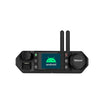 N86A Smart LTE Vehicle
N86A Smart LTE Vehicle
-
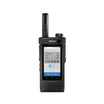 S69 Mission Critical LTE Handheld
S69 Mission Critical LTE Handheld
-
 S60 5G Push to talk With DMR Smart Radio
S60 5G Push to talk With DMR Smart Radio
-
 S50 Mission Critial 5G Smart Handheld
S50 Mission Critial 5G Smart Handheld
-
 S40 Mission Critial LTE Handheld
S40 Mission Critial LTE Handheld
-
 S39 Ultra-Rugged Smart Radio
S39 Ultra-Rugged Smart Radio
-
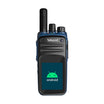 N59A Evolve LTE Handheld
N59A Evolve LTE Handheld
-
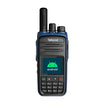 N57A Professional LTE Handheld
N57A Professional LTE Handheld
-
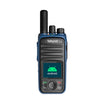 N56A Simplified LTE Handheld
N56A Simplified LTE Handheld
-
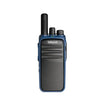 N50A Rugged LTE Handheld
N50A Rugged LTE Handheld
-
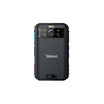 See All Products
See All Products


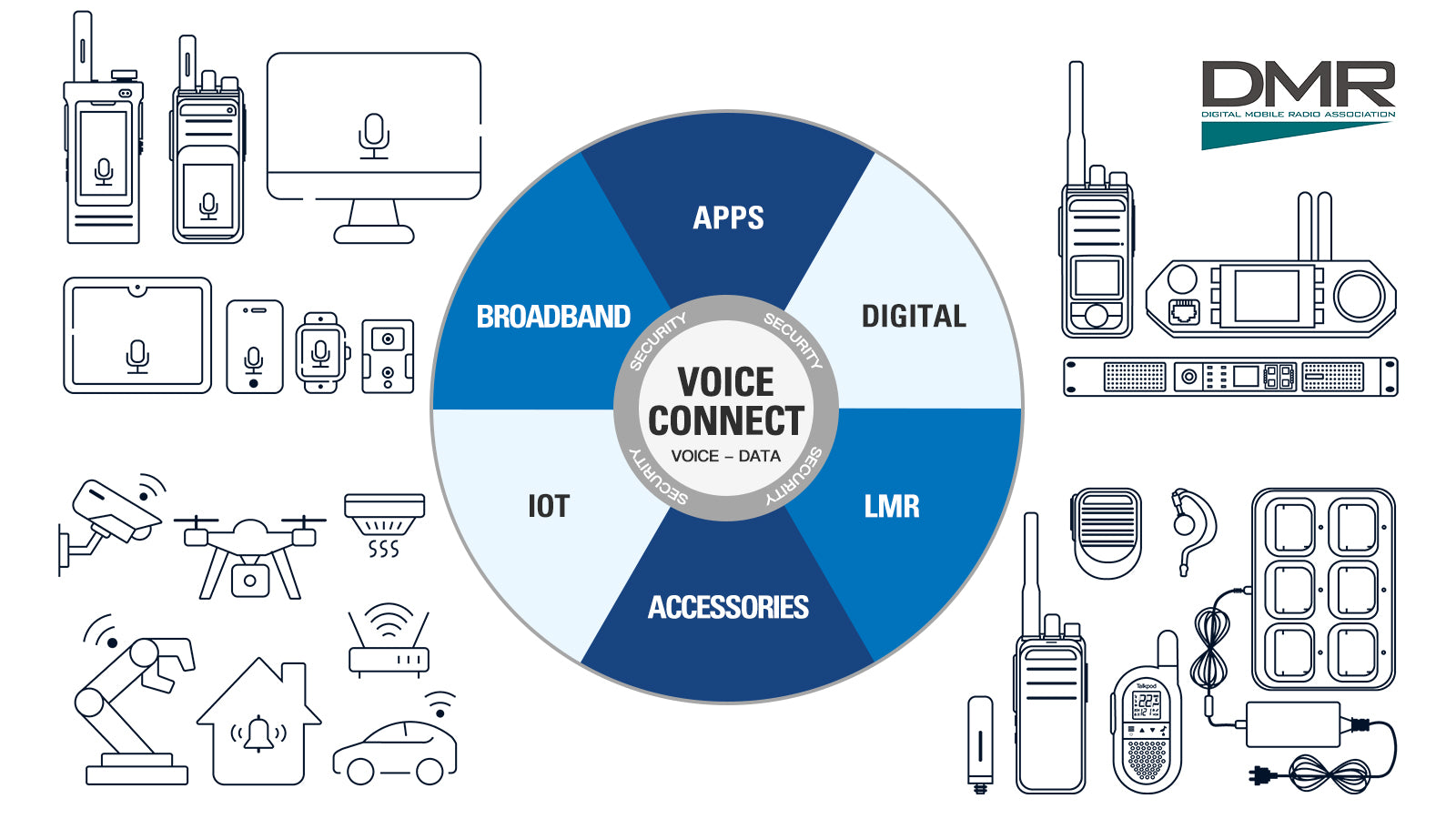



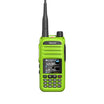

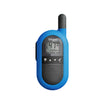



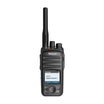
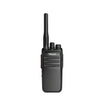
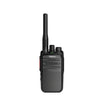
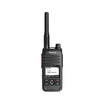

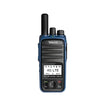



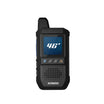












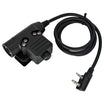





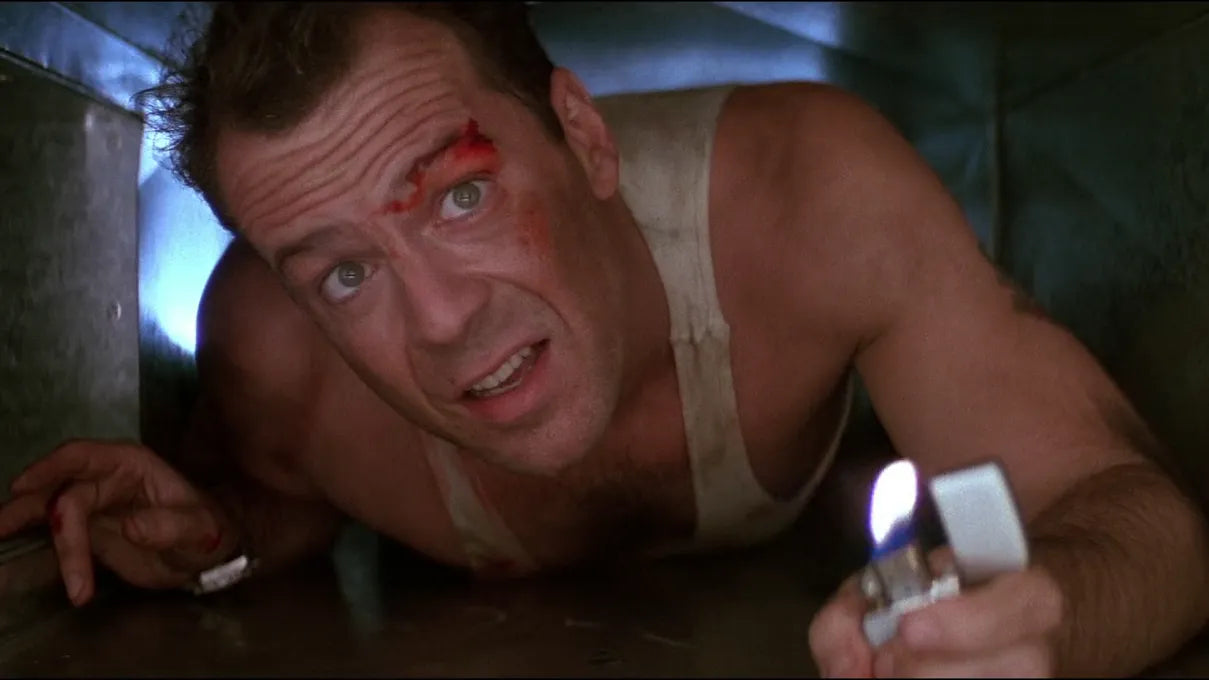

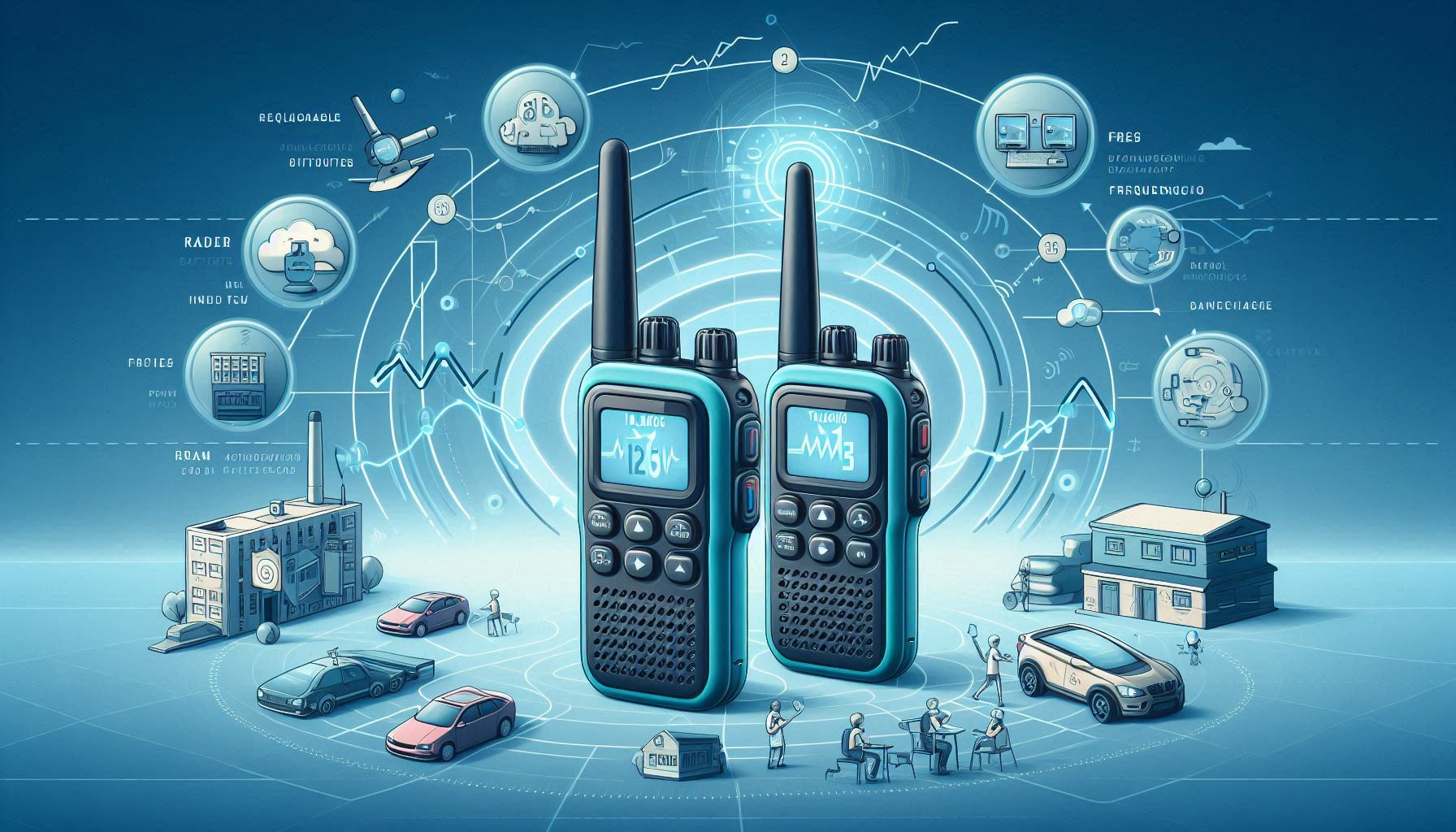
Leave a comment
All comments are moderated before being published.
This site is protected by hCaptcha and the hCaptcha Privacy Policy and Terms of Service apply.